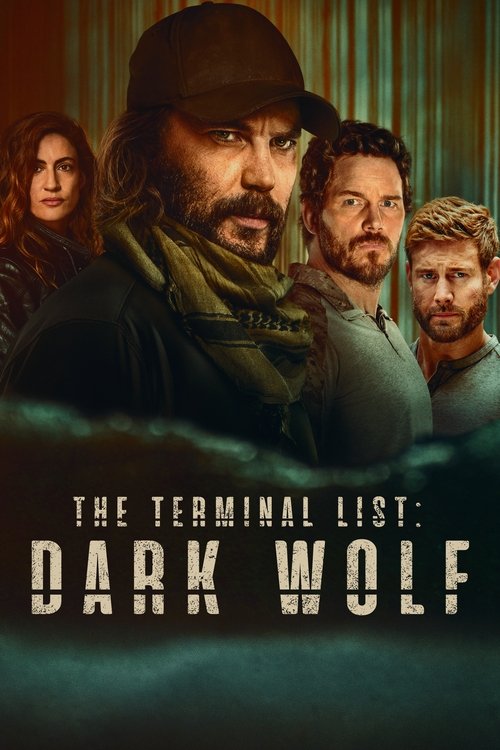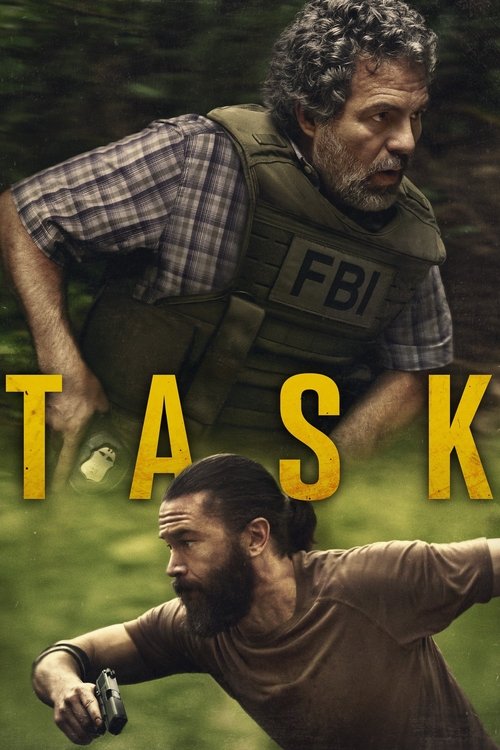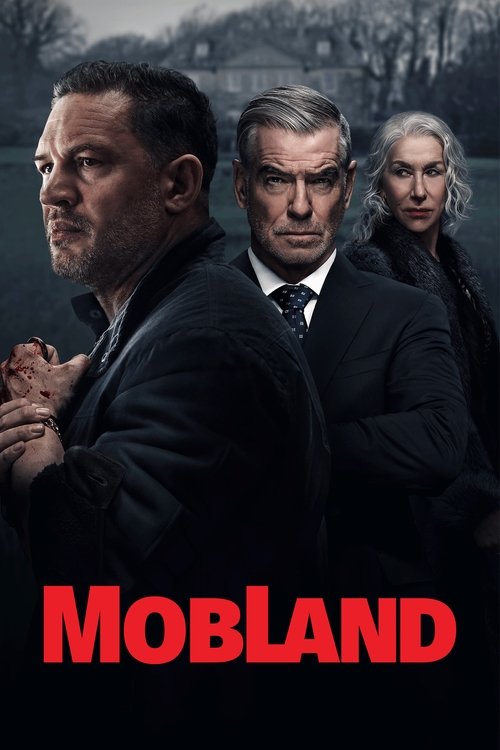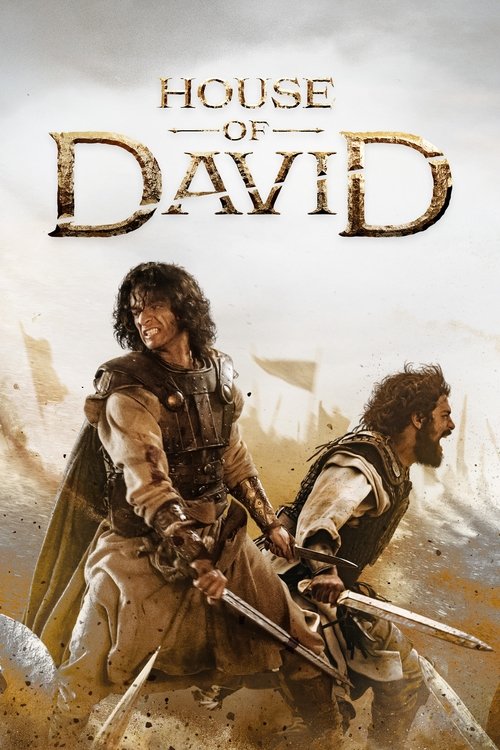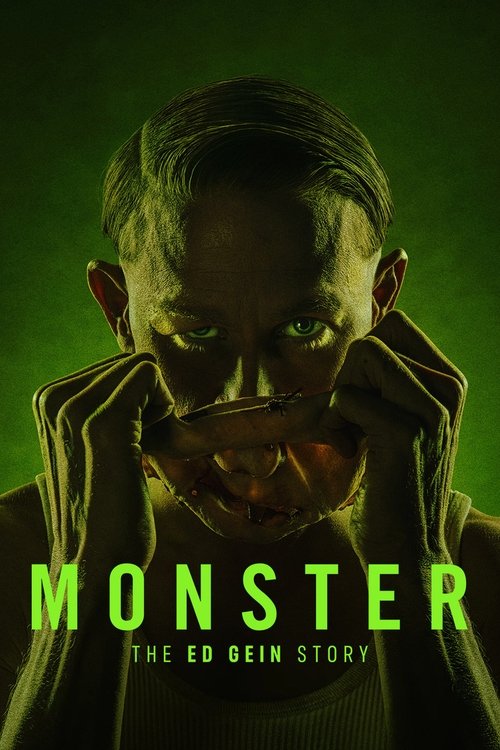
Ask Your Own Question
What is the plot?
The opening sequence of Season 1 of "Sitting Bull" (2025) depicts the aftermath of the American Civil War, as waves of settlers and U.S. soldiers begin to encroach upon the Great Plains, seizing lands traditionally inhabited by Native American tribes, including the Lakota. The camera lingers on the vast, untouched prairies, then cuts to wagon trains and military outposts, signaling the irreversible change coming to the region.
Sitting Bull, a Hunkpapa Lakota leader, observes these developments with growing concern. He convenes a council of elders and warriors, including the renowned Crazy Horse, to discuss the threat. Sitting Bull argues passionately for unity among the Native nations, warning that divided, they will be overrun. His speech sways the council, and a decision is made to form a coalition of tribes to resist the encroachment. This marks the first major strategic decision driving the season's narrative.
The U.S. Army, under orders to secure the plains for settlement, begins a campaign of forced removals. In one early confrontation, soldiers enter a Lakota village, demanding the people relocate to a reservation. When the villagers refuse, a tense standoff ensues. Sitting Bull, present at the scene, steps forward and negotiates with the officer in charge, buying time for the women, children, and elderly to escape into the surrounding hills. The soldiers, outnumbered and wary of provoking a larger conflict, eventually withdraw, but the incident hardens Sitting Bull's resolve to protect his people's freedom.
News of the standoff spreads, and more tribes join the alliance. Sitting Bull and Crazy Horse travel from camp to camp, forging bonds and planning coordinated resistance. In a pivotal scene, Sitting Bull performs a Sun Dance, piercing his flesh and fasting for days to seek a vision. He emerges with a prophecy of a great victory over the soldiers, which he shares with the gathered warriors, galvanizing their spirits.
The U.S. Army, now aware of the growing alliance, dispatches General George Armstrong Custer to subdue the "hostiles." Custer, confident and dismissive of Native tactics, leads the 7th Cavalry in a series of aggressive patrols. In response, Sitting Bull and Crazy Horse devise a plan to lure Custer into a trap. They send out decoy parties to harass outposts, drawing the cavalry deeper into Lakota territory.
The season's climax is the Battle of the Little Bighorn. The Lakota and their allies, concealed in the hills, watch as Custer divides his forces. Crazy Horse leads a feigned retreat, drawing a portion of the cavalry into an ambush. Sitting Bull, positioned with the main force, signals the attack. Warriors pour from hiding, overwhelming the soldiers in close combat. Custer and his men are surrounded and annihilated. The sequence is depicted in visceral detail: war cries, gunfire, the chaos of hand-to-hand fighting, and the final moments of Custer's command.
In the aftermath, the Native coalition celebrates, but Sitting Bull remains somber, aware that the victory will provoke a massive retaliation. He urges his people to prepare for a long struggle, knowing the U.S. government will not accept defeat. The season ends with the arrival of additional army regiments and the beginning of a harsh winter, as Sitting Bull and his followers face an uncertain future, their resistance far from over.
What is the ending?
The ending of Sitting Bull Season 1, titled "Never Give In," culminates with the Battle of Little Bighorn, where Sitting Bull and Crazy Horse lead the Lakota and allied tribes to a decisive victory against General Custer's Seventh Cavalry. The episode closes with the aftermath of the battle, highlighting the fates of the main characters and the ongoing struggle for Native American rights.
Expanded narrative of the ending scene by scene:
The final episode opens with Sitting Bull and Crazy Horse preparing their warriors for the impending confrontation with the U.S. Army's Seventh Cavalry, commanded by General George Armstrong Custer. The tension is palpable as the Native forces gather, united in their resolve to defend their land and way of life.
As dawn breaks, the battle erupts near the Little Bighorn River. The camera follows Sitting Bull, calm and focused, observing the unfolding conflict. Crazy Horse leads a fierce charge against Custer's troops, demonstrating tactical brilliance and unyielding courage. The fighting is intense and chaotic, with vivid depictions of hand-to-hand combat and the strategic movements of both sides.
The narrative emphasizes that while Custer's immediate command--five companies--is wiped out, other parts of the Seventh Cavalry survive, correcting common misconceptions. Sitting Bull's leadership and the warriors' determination result in a significant Native victory, marking a pivotal moment in the American West.
Following the battle, the scene shifts to the aftermath. Sitting Bull is shown reflecting on the cost of the conflict, aware that this victory, though monumental, will not end the encroachment on Native lands. Crazy Horse, wounded but alive, shares a moment of solemn respect with Sitting Bull, underscoring their shared commitment to their people's future.
The episode closes with a somber tone, acknowledging the ongoing resistance and the personal sacrifices made by the leaders. Sitting Bull's fate is left open, foreshadowing his continued role as a symbol of Native resilience. Crazy Horse's survival hints at his future leadership, while the defeated U.S. forces regroup, setting the stage for further conflict.
This ending scene captures the complexity of the historical moment, portraying the characters with depth and humanity, and emphasizing the enduring struggle between Native American tribes and the expanding United States. It leaves viewers with a clear sense of both triumph and the challenges ahead for Sitting Bull and his people.
Is there a post-credit scene?
The TV show "Sitting Bull," Season 1 (2025), does not have any publicly documented post-credit scenes. None of the available sources, including detailed episode summaries and news articles about the series, mention or describe a post-credit scene for any episode in Season 1.
What role does Crazy Horse play alongside Sitting Bull in Season 1 of Sitting Bull?
Crazy Horse is portrayed as a fierce warrior who, alongside Sitting Bull, is determined to protect the Lakota people's land and way of life. Together, they organize an unprecedented resistance movement against the encroaching US Army and settlers in the Great Plains during the aftermath of the Civil War.
How is Sitting Bull's leadership depicted in the first episode 'Nations Collide'?
In 'Nations Collide,' Sitting Bull steps into a crucial leadership role by rallying his people to resist the American settlers taking their land. His leadership is shown as pivotal in forming a resistance movement that is both unprecedented and inspiring.
Are there any significant supporting characters introduced in Season 1, and what are their storylines?
Yes, supporting characters such as Runs His Horse and Teonna are introduced. Runs His Horse does not survive through the entire series, while Teonna is suggested to have her own adventures, possibly traveling to California and having a storyline involving a brief romance with Pete Plenty Clouds.
Does the series depict any major historical battles or events in Season 1?
Season 1, particularly the episode 'Nations Collide,' focuses on the tensions and conflicts arising from settlers encroaching on Native American lands, setting the stage for major historical confrontations. The series also includes reenactments of important scenes such as the Battle of Little Bighorn, which is a significant event related to Sitting Bull's resistance.
How does the series portray Sitting Bull's interactions with other Native American nations?
The series shows Sitting Bull gathering an unprecedented alliance of Native nations to resist the US Army and settlers. This alliance is a key element of the resistance movement depicted in Season 1, highlighting Sitting Bull's role in uniting different tribes to protect their land and culture.
Is this family friendly?
The TV show "Sitting Bull," season 1 (2025), is a two-night documentary event that explores the life of the Lakota chief Sitting Bull, including his role as a warrior, leader, and strategist during a turbulent period in American history. It is produced with a serious and respectful tone, combining cinematic reenactments with documentary narration.
Regarding family-friendliness, the series contains historically accurate depictions of conflict, including battle scenes such as the Battle of Little Bighorn, which involve violence and warfare. These scenes may be intense or upsetting for children or sensitive viewers due to realistic portrayals of combat and the emotional weight of the historical events. The documentary does not shy away from uncomfortable parts of American history, which may include themes of loss, struggle, and cultural upheaval.
In summary, while the series is educational and respectful, it includes potentially objectionable or upsetting content such as:
- Realistic battle and combat scenes with violence
- Emotional and heavy themes related to war, loss, and cultural conflict
- Historical portrayals of hardship faced by Native American peoples
These aspects suggest that "Sitting Bull" may be more suitable for older children, teens, and adults rather than very young or sensitive children. The series aims to provide insight into Native American history and Sitting Bull's legacy without sensationalism but with emotional depth and historical accuracy.





